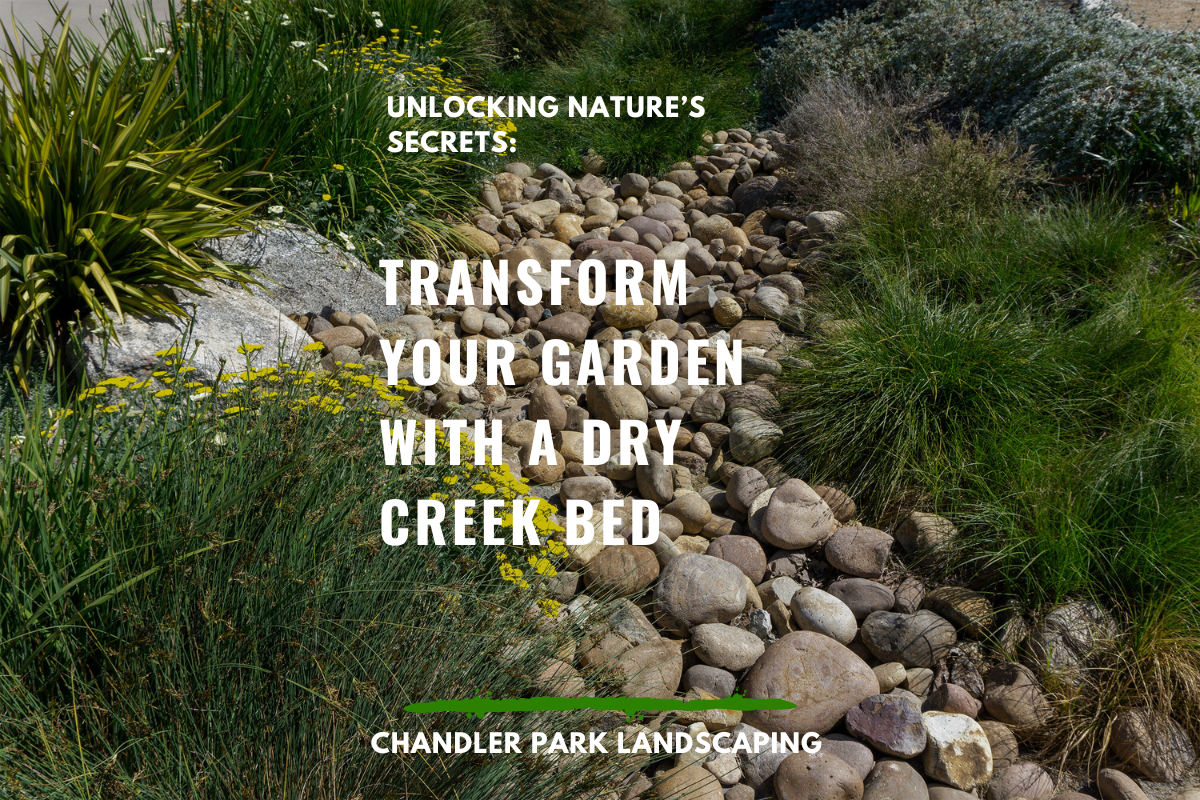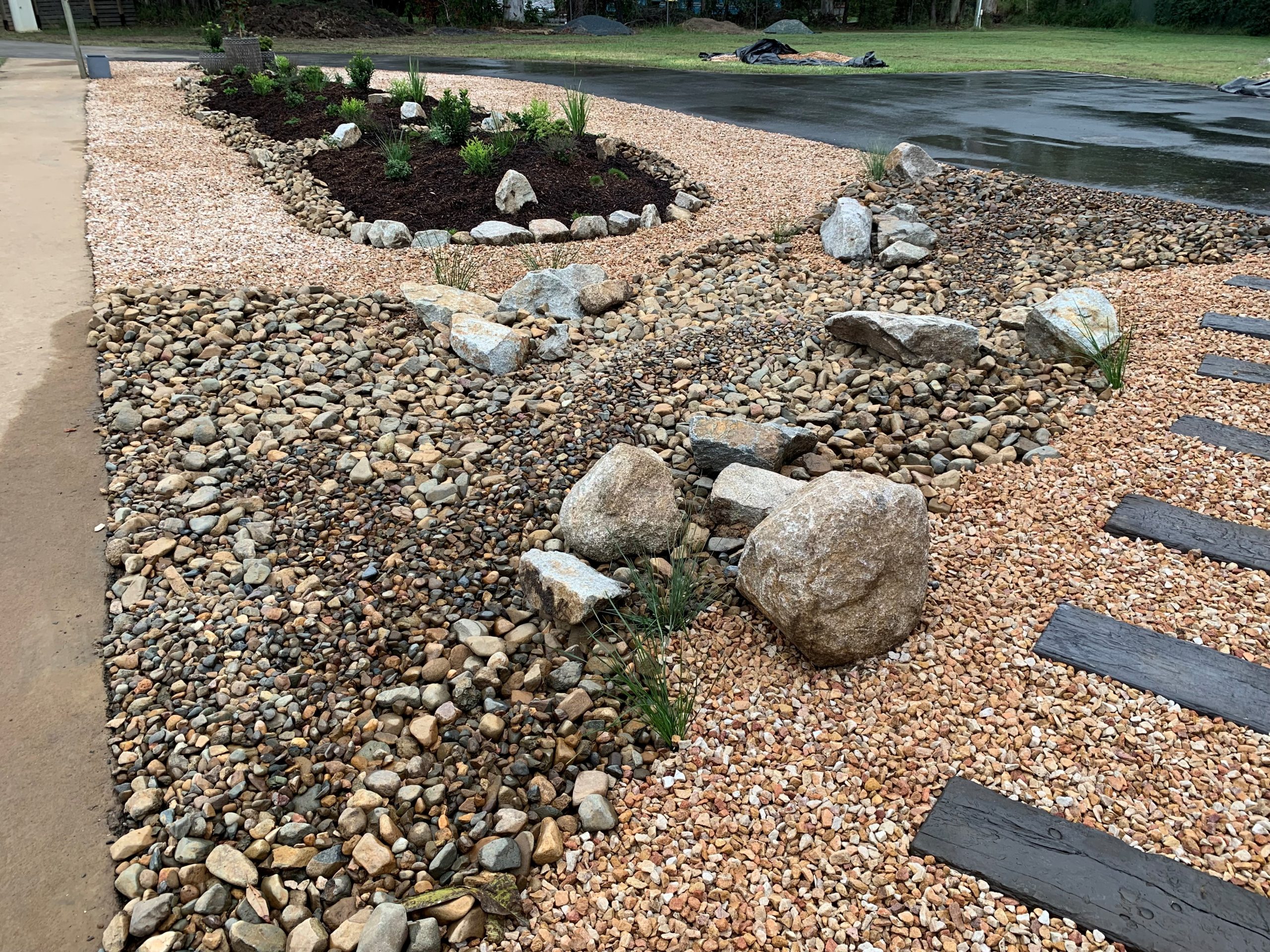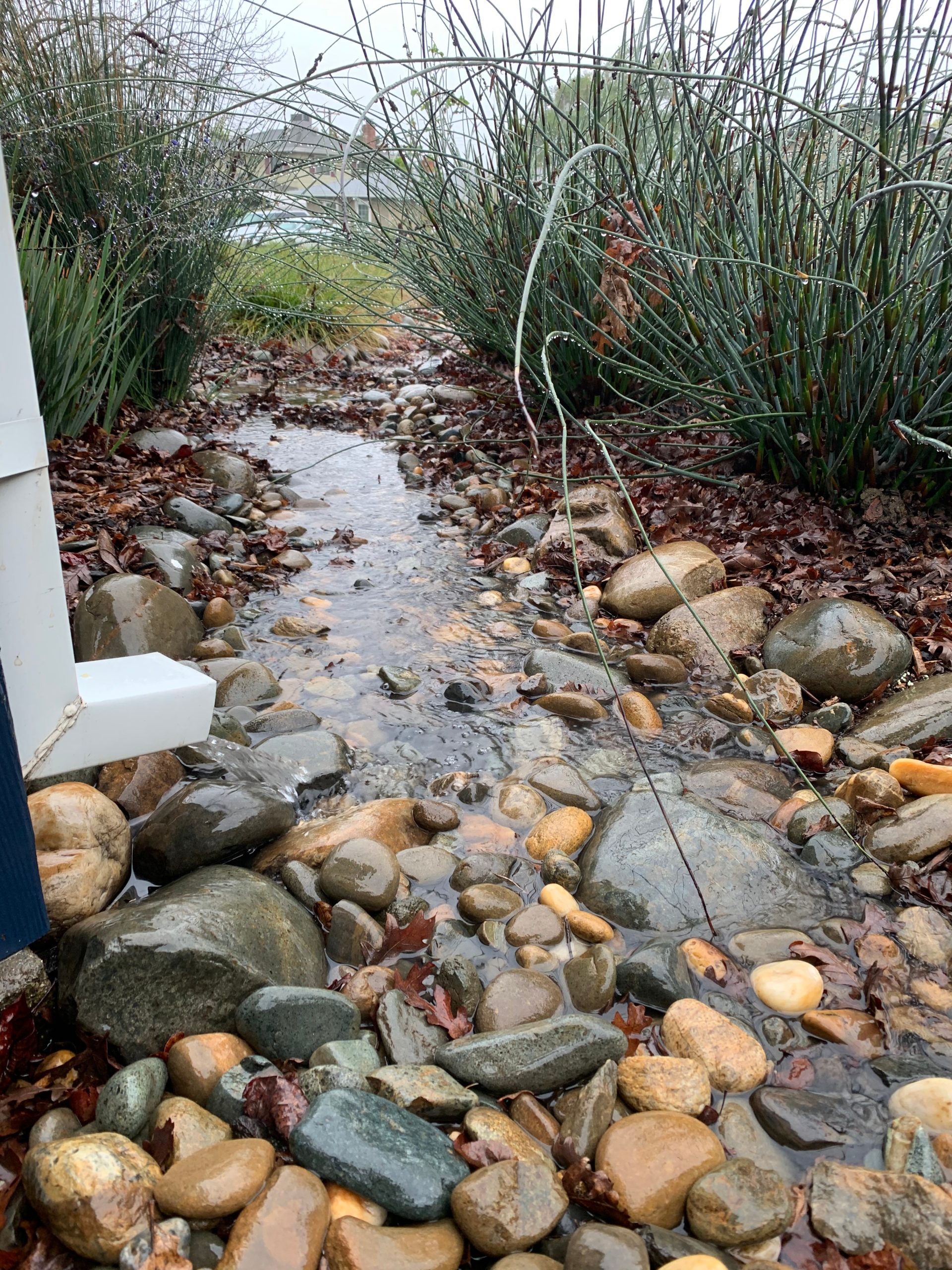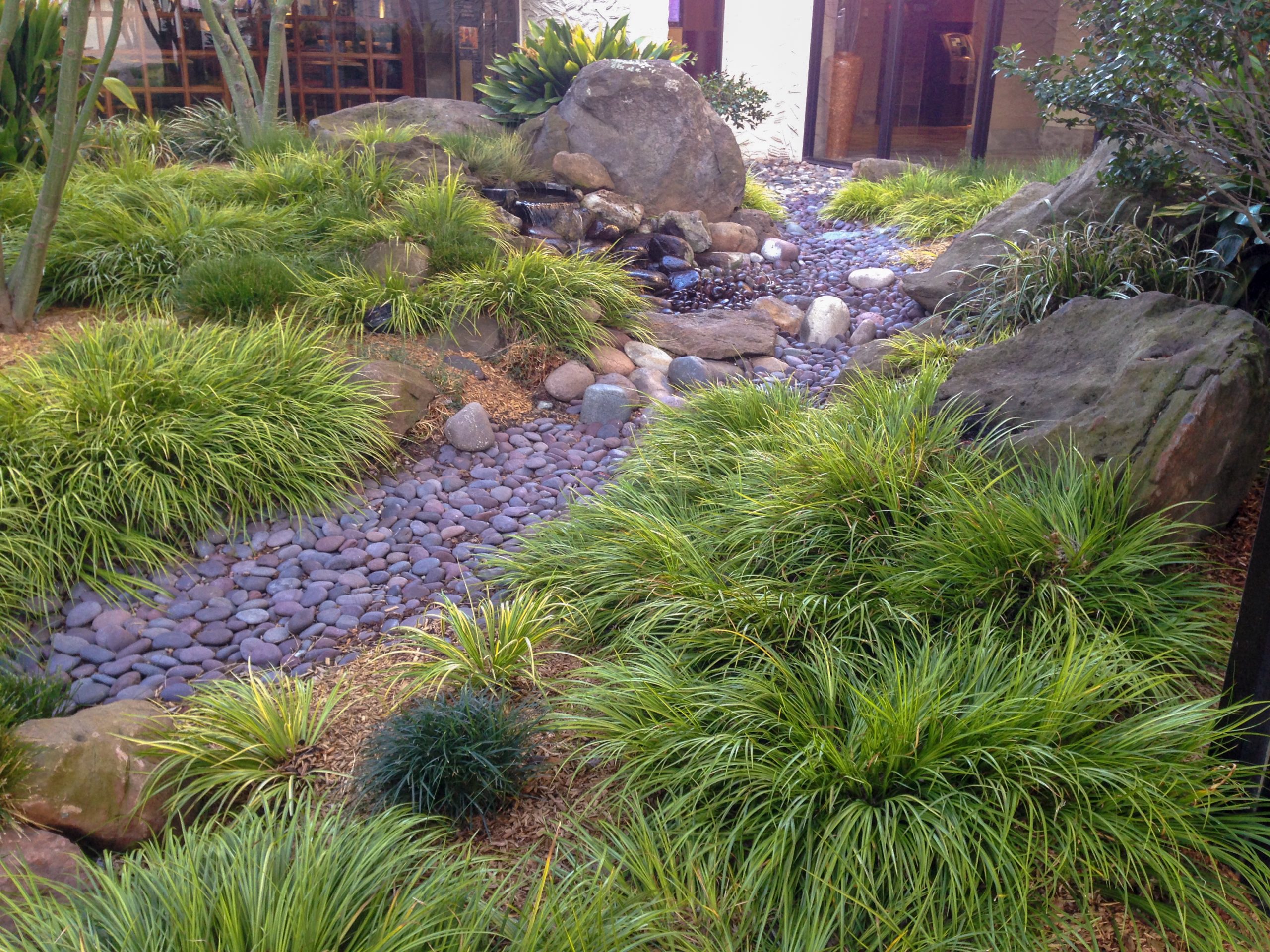
As a horticulturalist with years of experience in designing and maintaining beautiful residential gardens, I am always looking for creative ways to enhance outdoor spaces. One design element that has gained significant popularity among homeowners is the dry creek bed. This natural, visually striking feature not only adds aesthetic appeal but also offers practical benefits for your garden. In this blog post, I will explore the advantages of incorporating a dry creek bed into your landscape.
What is a Dry Creek Bed?
A dry creek bed, also known as a dry stream or dry riverbed, is a landscaping feature that mimics the appearance of a natural watercourse. It is typically lined with rocks and pebbles, with strategically placed boulders and plants to create a natural look. Unlike a real stream, a dry creek bed is designed to remain dry most of the time, only filling with water during heavy rains or as part of a managed water feature.

The Benefits of a Dry Creek Bed
Aesthetic Appeal: A dry creek bed can serve as a stunning focal point in your garden. The combination of rocks, stones, and plants creates a visually pleasing, natural look that can complement any garden style, from rustic to modern. This is particularly effective in Queensland and other subtropical regions, where the lush greenery can be complemented by the contrasting textures and colours of a dry creek bed.

Erosion Control & Drainage Solution: One of the most practical benefits of a dry creek bed is its ability to manage water runoff and prevent erosion. By directing rainwater along a defined path, you can prevent soil erosion and protect your garden from water damage. This is especially important in Queensland’s subtropical climate, where heavy rains can quickly lead to erosion and waterlogging. A well-designed dry creek bed can mitigate these issues by providing a controlled channel for excess water.

Low Maintenance: Once established, dry creek beds require minimal maintenance. Unlike a traditional water feature, there’s no need for pumps or filtration systems. Occasional weeding and rock adjustment are typically all that’s needed to keep your dry creek bed looking its best. In a busy lifestyle or in a climate where maintaining a lush garden can be labour-intensive, a low-maintenance feature like a dry creek bed is a welcome addition.

Habitat Creation: Dry creek beds can also contribute to the local ecosystem by providing habitats for various beneficial insects and small wildlife. The rocks and plants offer shelter and breeding grounds, promoting biodiversity in your garden. This can be particularly beneficial in subtropical gardens, where a diverse range of species can thrive.

Water Conservation: In regions where water conservation is important, such as Queensland, dry creek beds can be an environmentally friendly choice. They help manage rainwater effectively, reducing the need for artificial irrigation. By directing rainwater to specific areas of your garden, you can ensure that your plants receive adequate moisture without wasting water.
Heat Mitigation: The use of rocks and stones in a dry creek bed can help to moderate the temperature in your garden. During the day, the rocks absorb heat, which is then slowly released at night. This can create a more stable microclimate for your plants, particularly in subtropical areas where temperature fluctuations can be significant.
Conclusion
A dry creek bed can transform your garden, adding beauty and functionality while requiring minimal maintenance. Whether you’re looking to manage water runoff, prevent erosion, or simply enhance the visual appeal of your outdoor space, a dry creek bed is an excellent addition. In the context of Queensland and subtropical gardens, the benefits are particularly pronounced, making it a valuable feature for any homeowner. As a horticulturalist, I am here to help you design and implement this feature, ensuring it integrates perfectly with your garden. Contact me today to discuss how we can bring the natural beauty of a dry creek bed to your home.
For additional guidance or assistance, feel free to reach out to our horticulturist, Nigel, who is ready to provide expert advice tailored to your specific needs.
